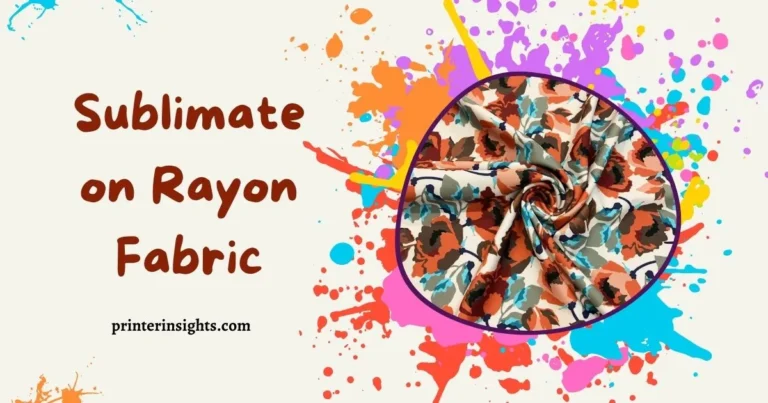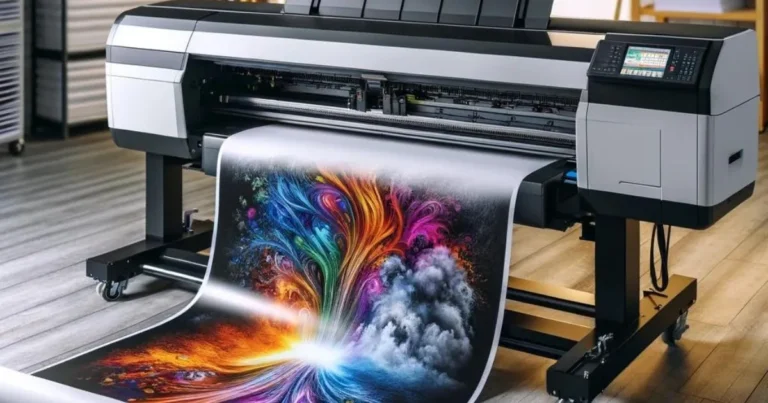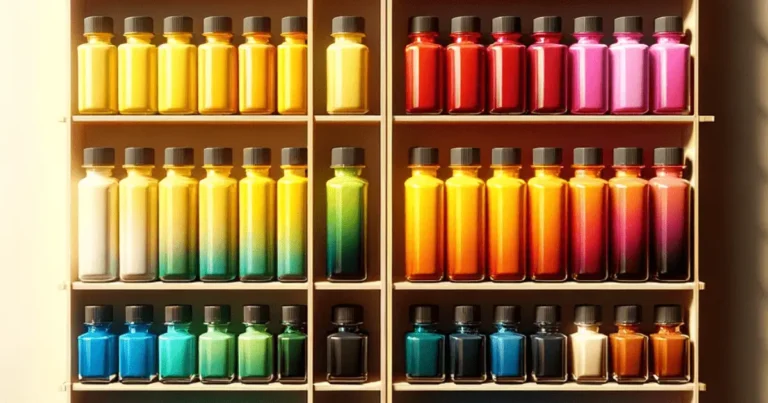Can You Sublimate On Leather
Do you want to know if can you sublimate on leather? All of the information you require is provided. Read on.
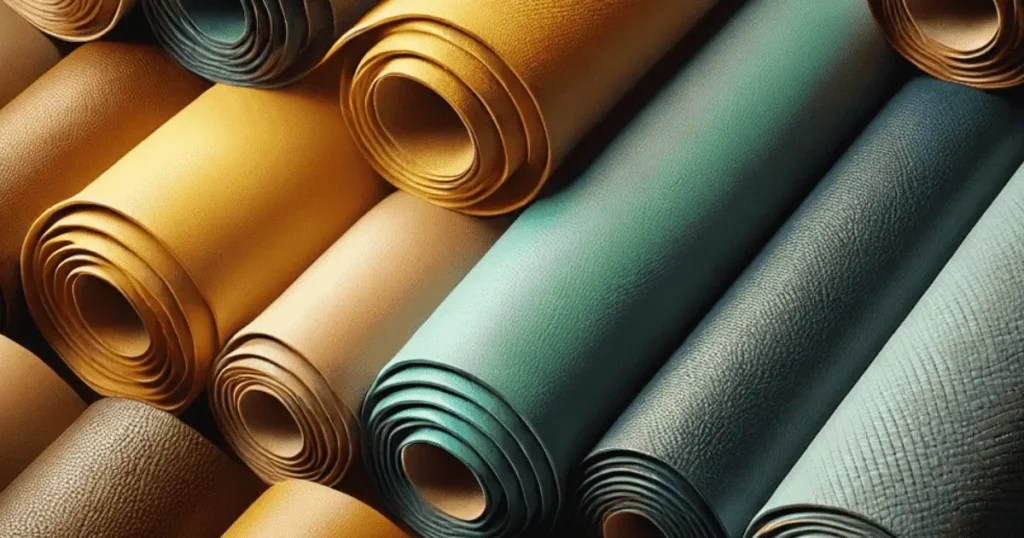
So you’d love to use printing on leather, right? Do you want to know how? With sublimation on leather, you can make a lot of changes to leather goods, making them more unique and durable. This straightforward guide will show you how to choose the right kind of leather, get the necessary tools, and sublimate your designs to make prints that are bright and last a long time. Keep reading, and we’ll show you the magic of sublimation!
Related Post: How to Sublimate on Leather
Key Takeaways:
- Sublimation involves using heat and pressure to turn ink into gas, which bonds with the leather, creating vibrant, long-lasting images.
- Real leather absorbs ink well but may not show fine details. Synthetic leather (PU or PVC) provides smoother, more consistent results.
- Use a sublimation printer, heat press, and sublimation paper. Optimal heat press settings are 290-300°F for 45-50 seconds with high pressure.
- Creates durable, personalized items that resist cracking and peeling, maintaining leather’s natural look and feel.
- Address common issues like ink adhesion, faded designs, and temperature problems by adjusting coatings, settings, and pre-pressing to remove moisture.
Related Post: Tape Marks on Sublimation Tumbler
Understanding Leather Sublimation:
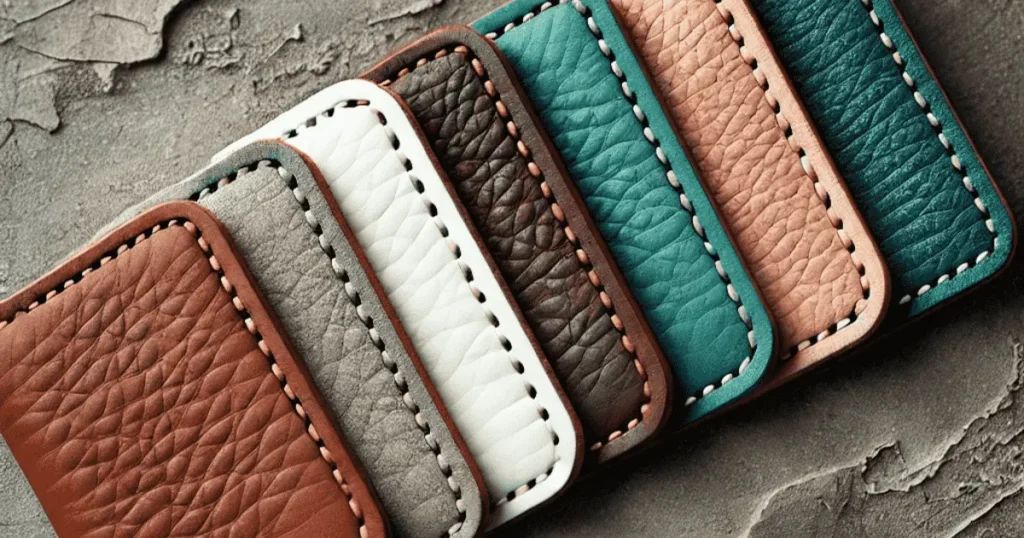
When sublimation is done on leather, it uses a lot of heat and pressure to turn the sublimation ink into a gas that goes through the leather and binds with it. This process is simple and flexible, making it easy to make patterns that are just right for you. As a result? bright, high-resolution pictures that last longer than pictures made the old-fashioned way.
We will now look at the science behind this process and what it can do for you.
Related Post: Is Sublimation Ink Toxic?
Basic Sublimation Science:

Scientists use the word “sublimation” to describe when a material goes from being solid to being gas without first becoming liquid. The same idea is used in sublimation printing, where heated solid ink droplets turn into gas and soak into the leather’s surface, becoming part of it. The result is a good sublimation picture that looks good and lasts a long time.
For sublimation to work on leather, the surface needs to be made of polyester because it helps the heated ink dyes stick to it well. At the molecular level, the gaseous dye molecules from sublimation ink join with the polymers in poly-coated leather to make a full-color picture that will last.
How well sublimation works can depend on how porous the leather is. Some leathers have a perfect surface for the ink gas to enter and bond.
Related Post: Why is my Shrink Wrap Melting Sublimation
Benefits of Sublimating on Leather:
Sublimation on leather has a lot of great benefits, including:
- It makes it possible to make highly customized items with photos that look great and a huge selection of colors.
- Personalization is becoming more and more popular in the fashion and accessories markets, and this method meets that need.
- Sublimation is very flexible, so it can be used to add unique patterns with many colors and shapes to leather.
On top of that, sublimated images on leather have these benefits:
Because they don’t crack, peel, or wear off, they are permanent and perfect for wallets, bags, and other things that get handled a lot.
Because sublimated pictures are long-lasting, they won’t peel or fade with normal use.
The smoothness and flexibility of the leather stay the same after sublimation, so it looks and feels natural.
With all of these advantages, what kind of leather is best for sublimation?
Related Post: Can You Use an Iron for Sublimation?
How to Pick the Best Leather for Sublimation:
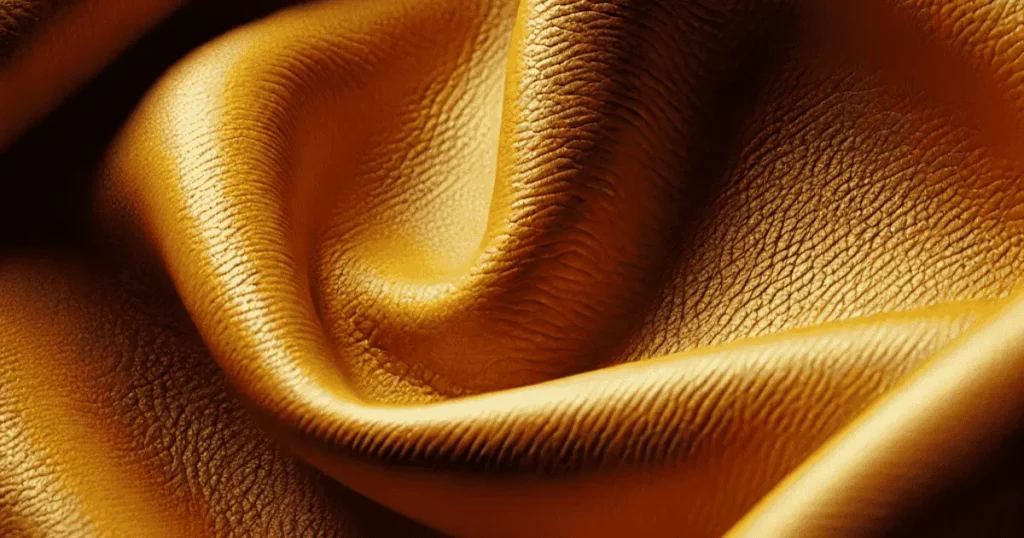
Choosing the right type of leather for sublimation is a key part of making images that are both complex and appealing. In sublimation, how can you sublimate on real leather and fake leather, but each type has its properties that can change the finished design. Now, we’ll look at the differences between real leather, fake leather, and hybrid leather when it comes to sublimation.
Real Leather and Sublimation:
Because of its natural grain and spongy texture, real leather can soak up sublimation inks, making it a good choice for sublimation. Real leather, on the other hand, has an uneven natural grain that can make it harder to print fine features during sublimation. Leather blanks that have a very smooth, shiny finish might not hold sublimation ink well, which can make patterns less clear and detailed.
Even with these problems, real leather has some unique benefits. For example, its porous surface makes it great for sublimating smaller items like patches, key fobs, or guitar straps, giving them a unique feel. When sublimating on real leather, the natural roughness of the leather is used to create a unique and appealing look.
Sublimation and Synthetic Leather:
When sublimated, synthetic leathers like polyurethane (PU) and polyvinyl chloride (PVC) give perfect results every time. This makes them perfect for some uses. Here are some of the best reasons to sublimate on PU and PVC leather:
- Very durable and perfect for sublimated things that will be worn and tear
- The ink can stick well to both PU and PVC leather.
- Leather made of PVC doesn’t melt in hot weather.
Synthetic leathers have a smooth, even surface that lets prints look good and be accurate. They also stay smooth and flexible after sublimation. It’s important to keep in mind, though, that the color of the fake leather will affect the color of the design. White faux leather blanks will show the most vivid colors.
Choices of Hybrid Leather:
Hybrid leathers are the best choice if you want something in between real leather and fake leather. The look and feel of these materials are natural, but they have a synthetic top coat that lets colorful sublimation printing happen. Bonded leather is an example of a mixed leather that can be used for sublimation. It has both natural leather textures and a coated surface that can take sublimation inks.
Now that we know which types of leather work best for sublimation, let’s look at the tools and supplies that are needed for the process.
Related Post: Can you Sublimate Over Sublimation?
Essential Tools and Supplies for Sublimating Leather:
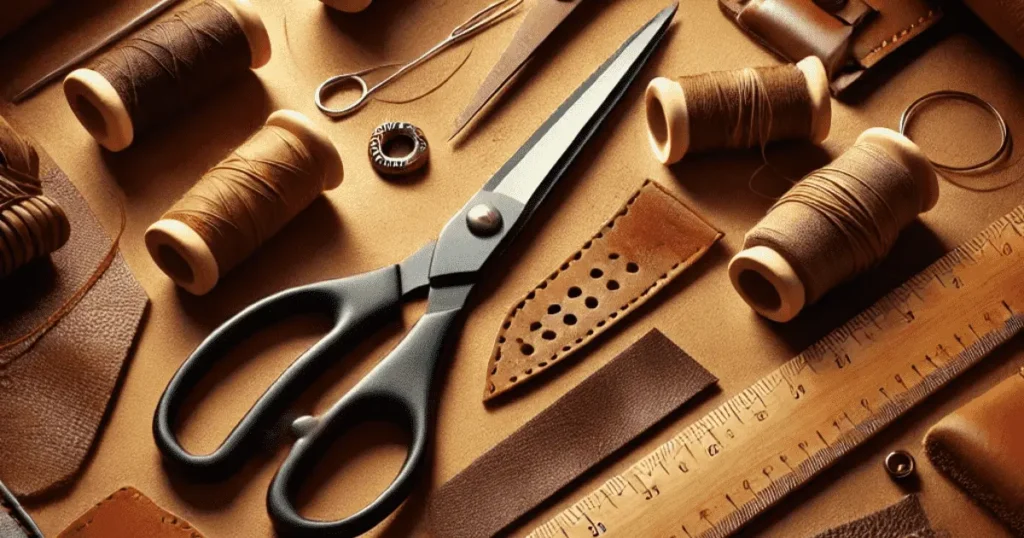
To start the sublimation process on leather, you need the right tools. A heat press, a sublimation printer, and a sublimation paper are all important tools for this process. How do we figure out what the best tools are? We are now going to look at each tool more closely.
How to Choose the Right Sublimation Printer:
Choosing the right sublimation printer is a very important part of making detailed, high-quality pictures of leather. You have a lot of great choices, like the Sawgrass SG500, which is known for its high quality and detailed prints, as well as its WiFi connectivity and 2-year warranty.
The Epson SureColor SC-F170 is a good choice for newbies because it is cheap and easy to use.
Considerations for Heat Presses:
For sublimation to work on leather, you need a heat press that lets you precisely control the temperature. Here are some important things to think about:
- For printing on leather, the best temperature range is between 290°F and 300°F. If you go above this range, the leather or sublimation prints may melt or break.
- During sublimation, you need to use a lot of pressure.
- At 300°F, the pressure should last for 45 to 50 seconds.
To get a heat press ready for sublimation, put butcher paper on the bottom pad to cover the leather and keep the ink from transferring. Ensuring the process is clean is important for getting perfect pictures of leather.
Paper and Inks for Sublimation:
Sublimation paper is an important part of printing complicated images on leather. When writing on leather with sublimation paper, here are some important things to keep in mind:
- White sublimation paper is often used to make the bright colors of the paints stand out more.
- To get true colors on leather, the quality of the sublimation ink used is very important.
- Some well-known names that are known for making good inks are Hiipoo, Sawgrass, and Epson.
If you use dye-based ink and water-based heat transfer paper, for example, sublimation printing on leather might work better. You can start sublimating on leather now that you have the right tools and supplies. Let’s take it one step at a time.
Related Post: Can You Put Epoxy Over Sublimation
Step-by-Step Guide for Sublimating on Leather:
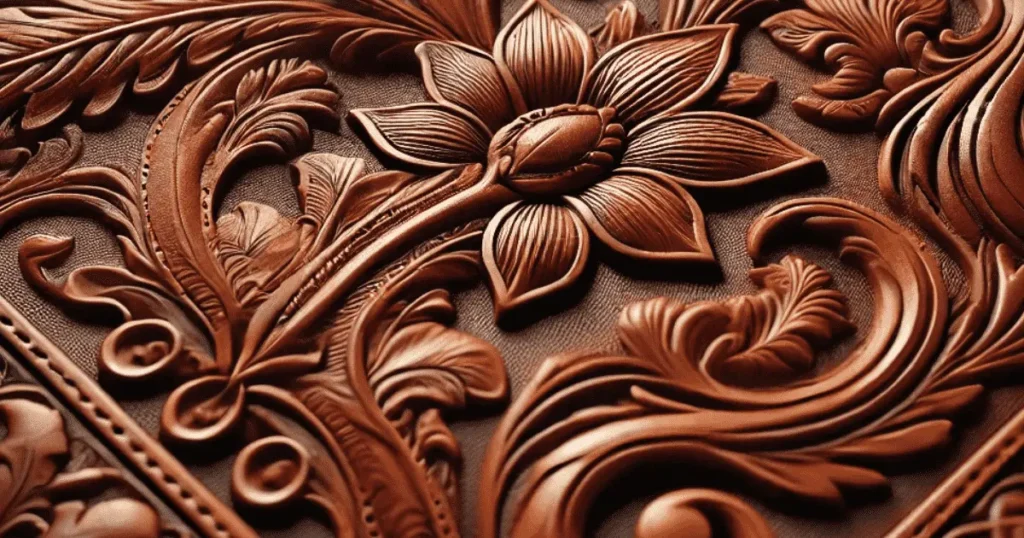
The method of sublimating on leather is straightforward and involves several steps:
- Preparation of the surface
- Printing design
- Transfer of design
- Final product maintenance
We will review every step to assist you in understanding this process.
Getting the Leather Surface Ready:
Before the sublimation process can begin, the leather surface must be clean. Using a dry, lint-free cloth to clean the surface can get rid of dust and other particles, getting it ready for sublimation.
A lint brush can be used to make sure that the leather is free of lint, hair, and dust for a more thorough cleaning.
Putting the Design on Sublimation Paper to Print:
After cleaning the leather, print your image on sublimation paper. To make sure the design transfers properly to the leather, make sure the “Mirror” option is checked in the print settings before you print. Also, make sure your sublimation paper is properly aligned when you put it in the printer. Leave a 1/8″ border around all sides to stop bleeding and a clean transfer.
Putting the Design on the Leather:
Once you have printed your design, you will need to use a heat press to move it to the leather. To keep the leather from getting stained, first set the heat press to 300 degrees Fahrenheit and press for two or three minutes.
After that, do these things to get the drawing on the leather:
- Put the leather piece in the heat press in the right place.
- For the heat to move, put the trimmed pattern on top of the leather.
- Follow the directions on the heat press to press the pattern onto the leather.
- Let the leather cool to room temperature after pressing it.
Carefully remove the sublimation paper to see the pattern that was transferred.
Sublimated Leather Care and Finishing Touches:
It is very important to take care of your sublimated leather items after the design has been copied to make sure they last a long time. Even though sublimation pictures are very long-lasting, they may fade over time if they are exposed to dirty air, sunlight, or just normal wear and tear. So, keep it out of the sun and heat for a long time, because that can dry out the leather, crack it, and make the print fade.
Related Post: How Long Does Screen Print Last
Creative Uses of Leather Sublimation Techniques:
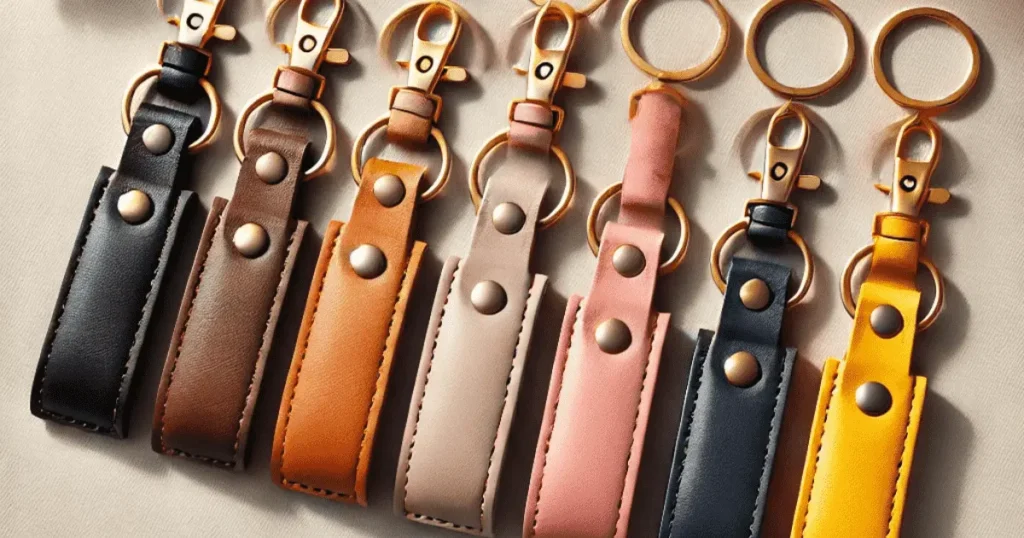
Through the process of sublimation, leather can be turned into a blank surface for your art. Sublimation can add unique artwork, logos, or personalized designs to anything, from small fashion items like earrings, keychains, wristlets, and cosmetic bags to bigger things like leather coats and shoes.
You can use sublimation to add clear details, bright colors, and long-lasting patterns to everyday things like bags, totes, purses, backpacks, and even sublimation phone cases.
Related Post: Can you Sublimate on a Baseball
How to Fix Common Sublimation Problems on Leather:
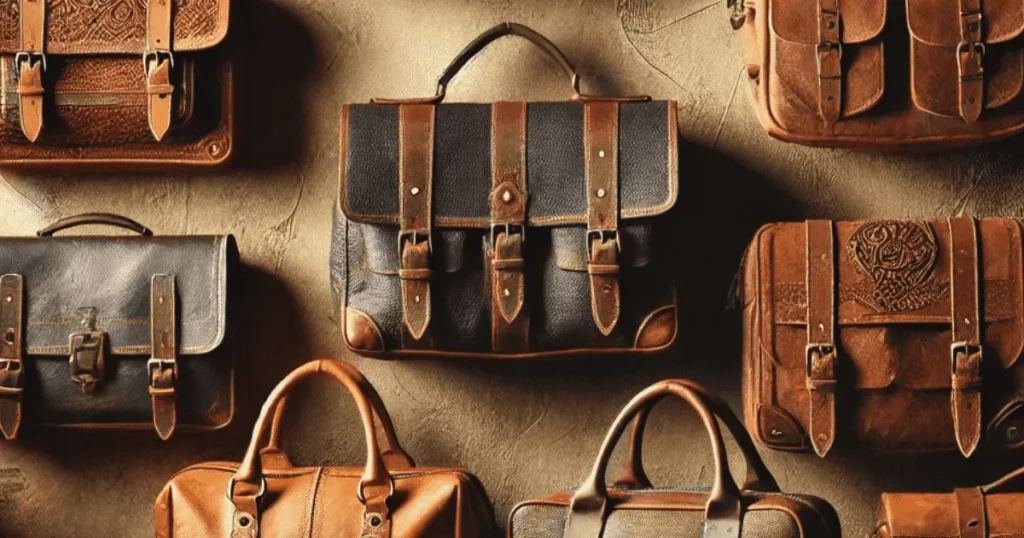
Even though sublimation has many perks, it may be hard to do on leather. There are possible problems to deal with, such as ink that won’t stick, patterns that fade or become distorted, and issues with the heat press and temperature.
We are now going to talk about how to fix these usual sublimation issues on leather.
Ink Adhesion Problems:
In leather sublimation, ink sticking to the surface is a regular issue. During the sublimation process, the ink might not stick well if the cloth does not have a polyester coating. To fix this, you can coat the leather ahead of time with the right substance to make a good surface for the sublimation ink to stick to.
You can also use Auto Clear Coat or heat transfer vinyl (HTV) sublimation vinyl to get the surface of the fake leather ready for better ink transfer.
Designs that have Faded or are Distorted:
If you use the wrong time, temperature, or pressure settings during the heat press phase, the pictures on sublimated leather may fade. To avoid this, check the manufacturer’s suggested settings again and check the heat press’s real temperature to make sure they are correct.
If your image looks like it has small dots, it could mean that the substrate has too much water in it. These problems caused by moisture can be avoided by pre-pressing the base to get rid of any extra water.
Problems with the Heat Press and Temperature:
In leather sublimation, problems with the heat press and temperature happen a lot. To get real leather, set the heat press to 180°C (356°F) and press on it for 60 seconds with medium pressure. If you don’t want your images to blur or bleed, make sure the heat press isn’t too hot or too cold.
Also, it helps to:
- Check the warmth of the top platen with heat tape or heat strips.
- Use Teflon wraps to protect the heat press and keep the ink from transferring.
- Put a cotton sheet over the leather to protect it and help the heat spread out evenly.
Related Post: Can You Use an Iron Instead of a Heat Press
Bottom Line:
In conclusion, sublimation on leather opens up a lot of exciting options for creative people and companies. Understanding the whole process, from picking the right materials and mastering the method to fixing problems, can lead to a huge number of different ways that the product can be customized. So why not start sublimating on leather right now? You’re about to enter a world of bright, long-lasting, and truly yours designs!
FAQ
Last Updated on June 19, 2024 by Muhammad Haseeb




